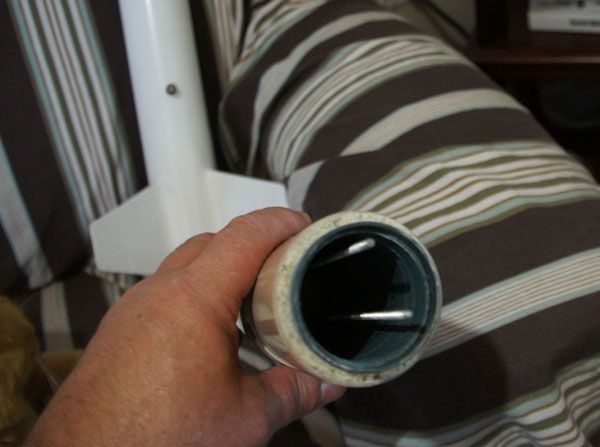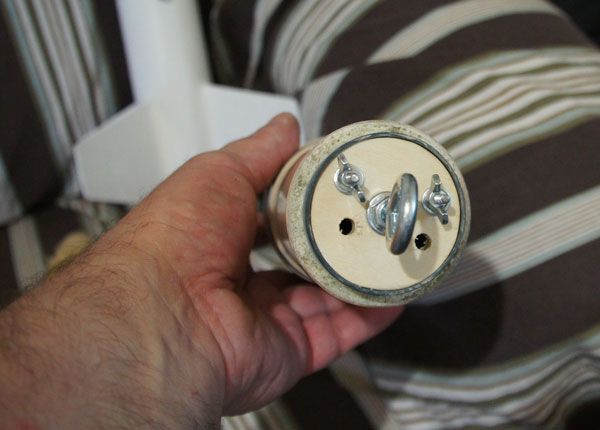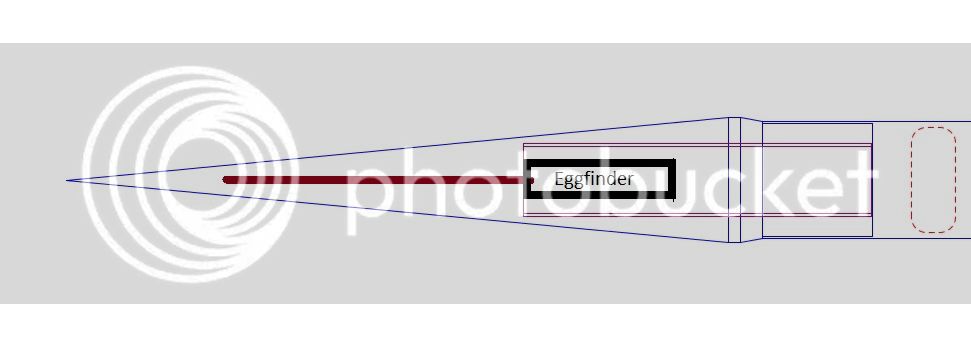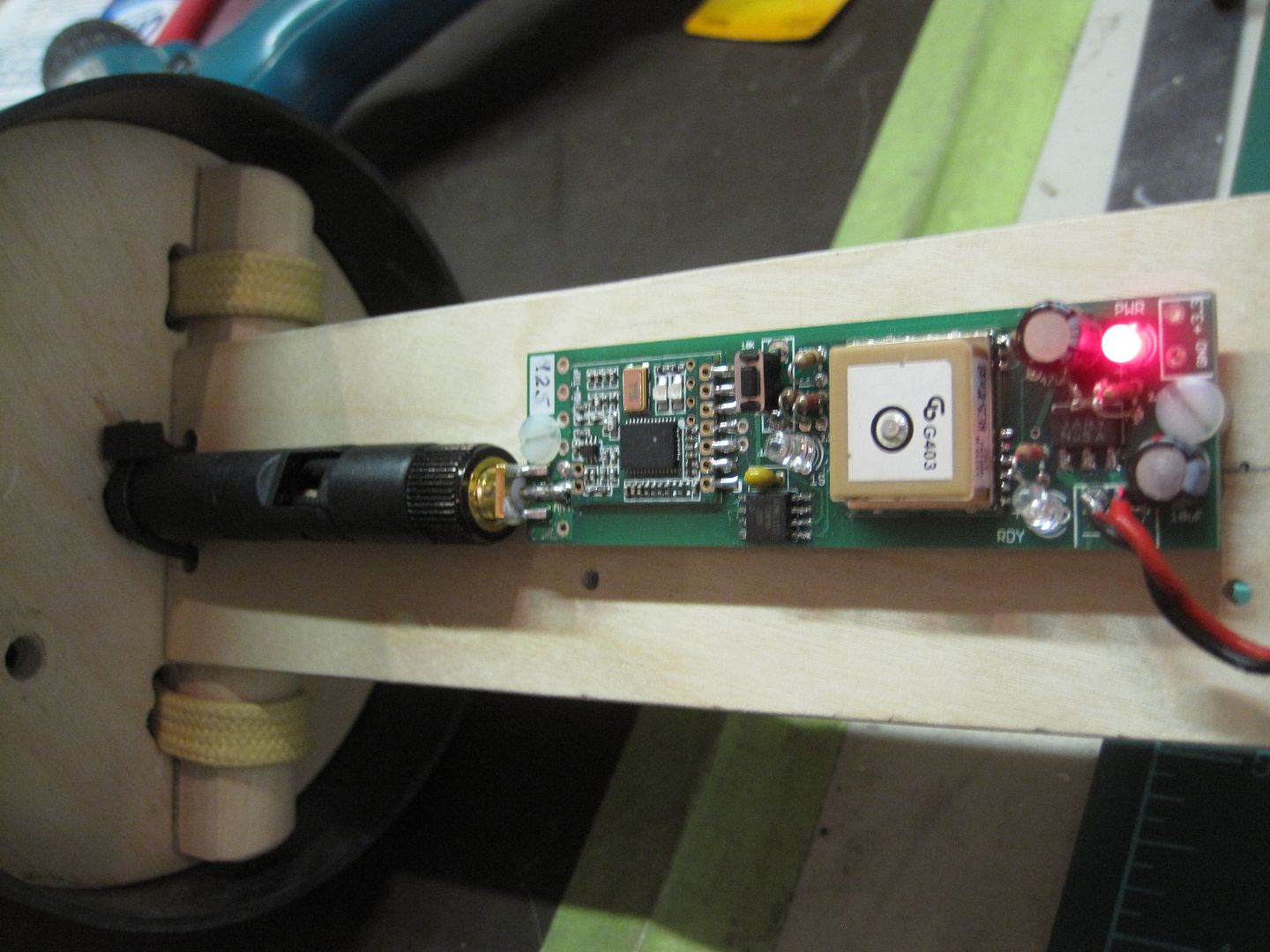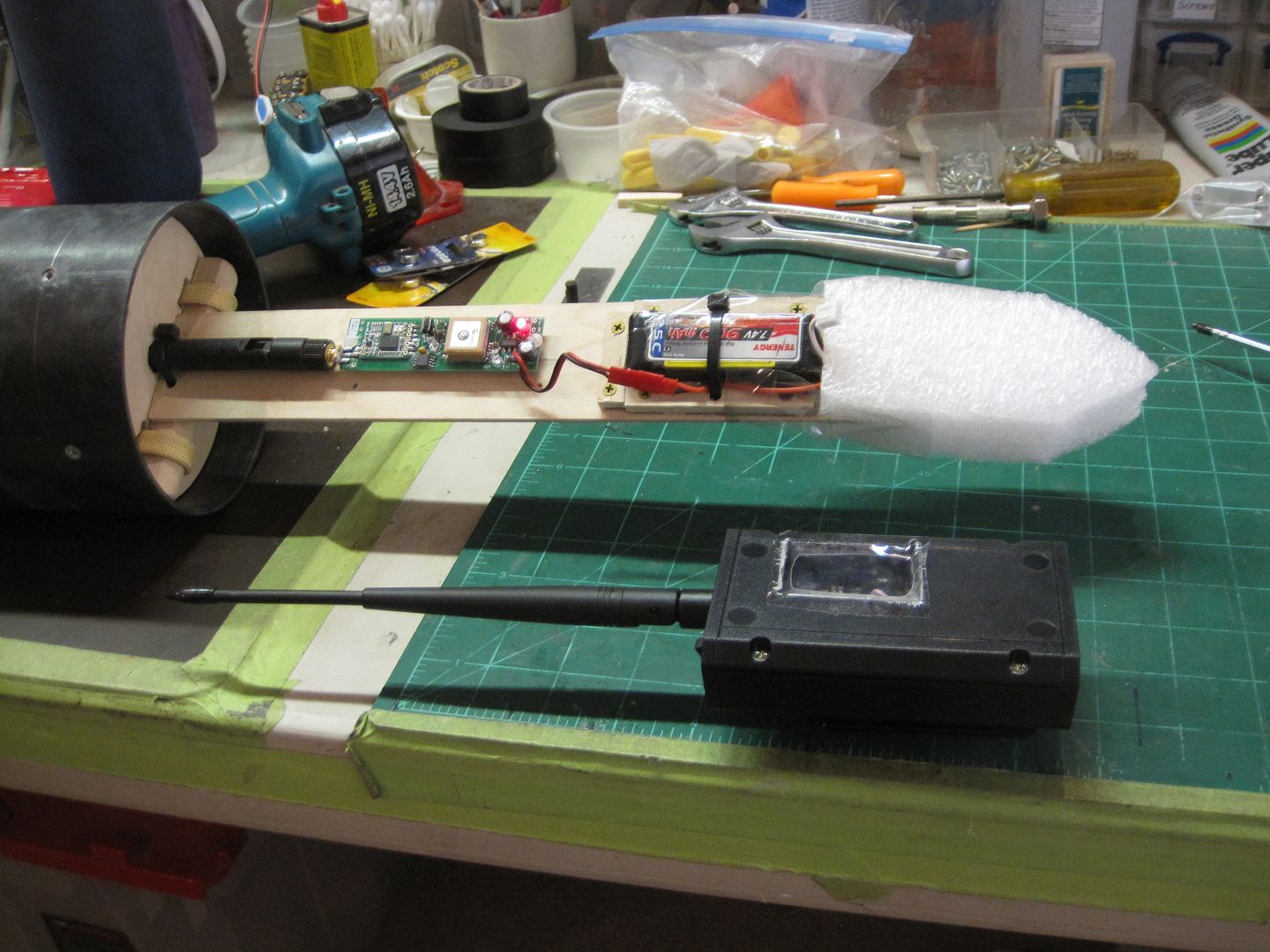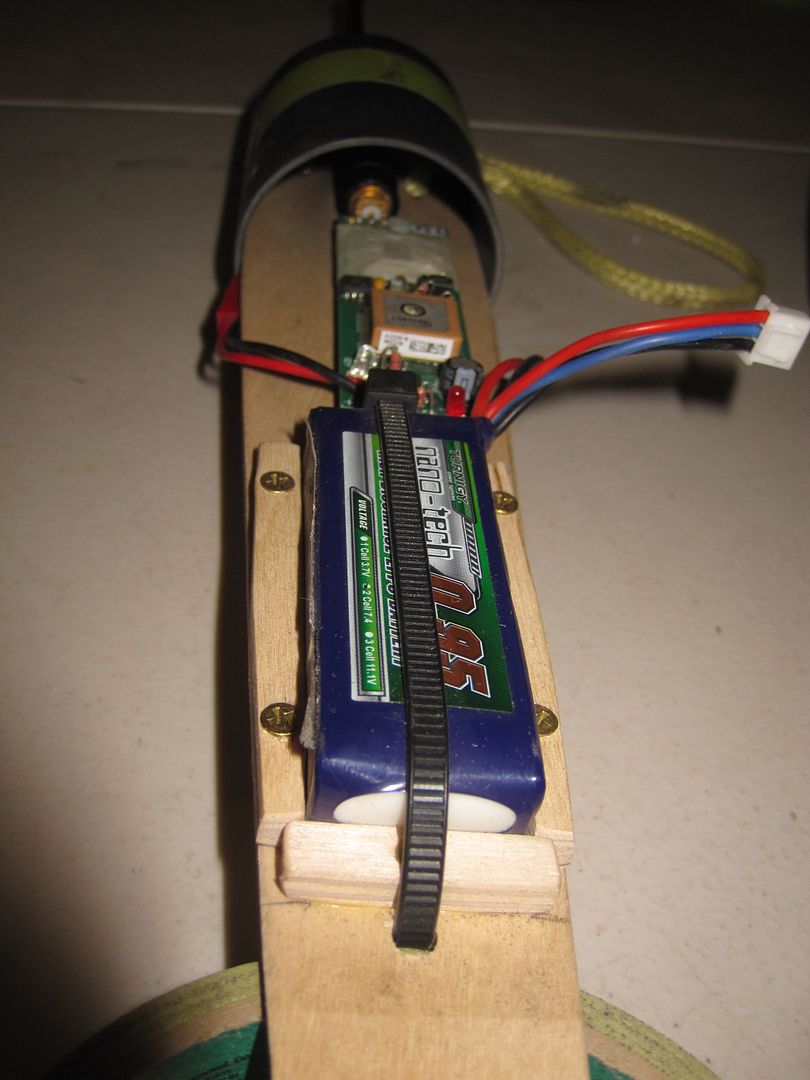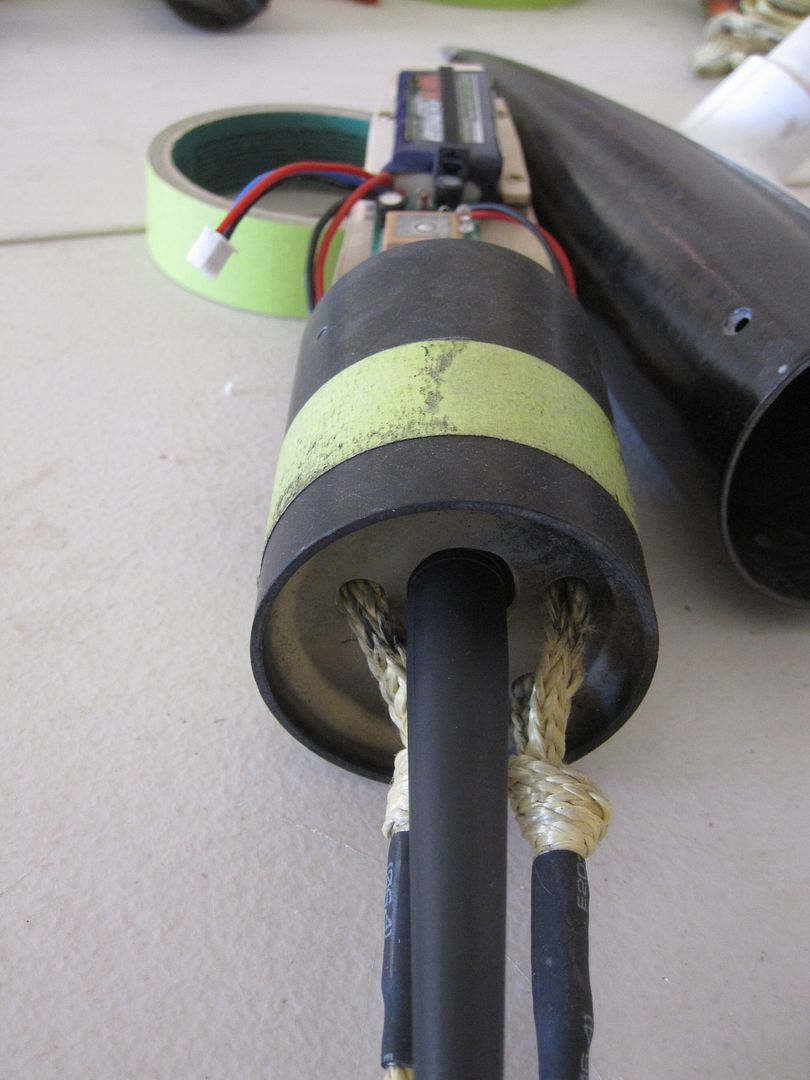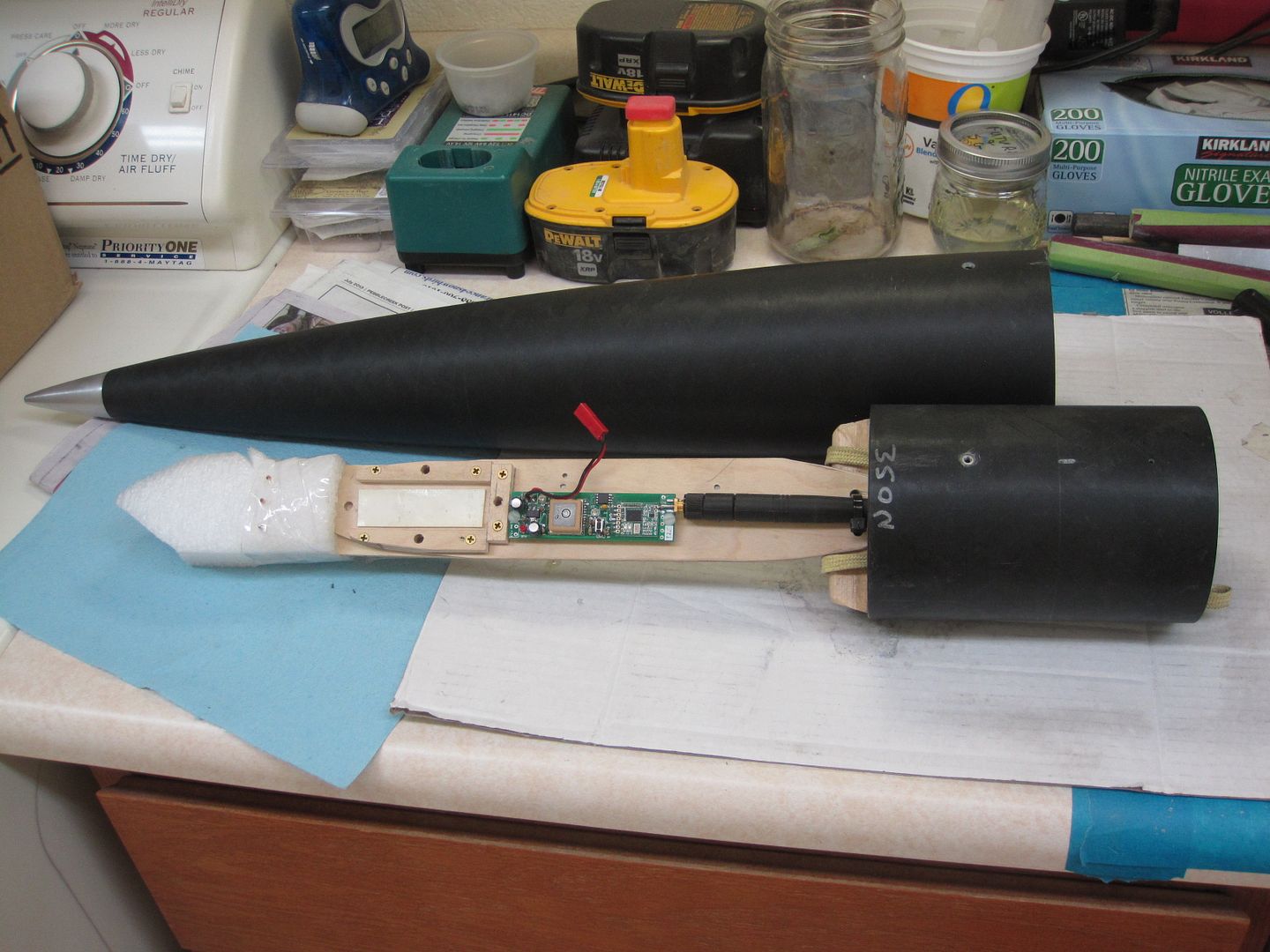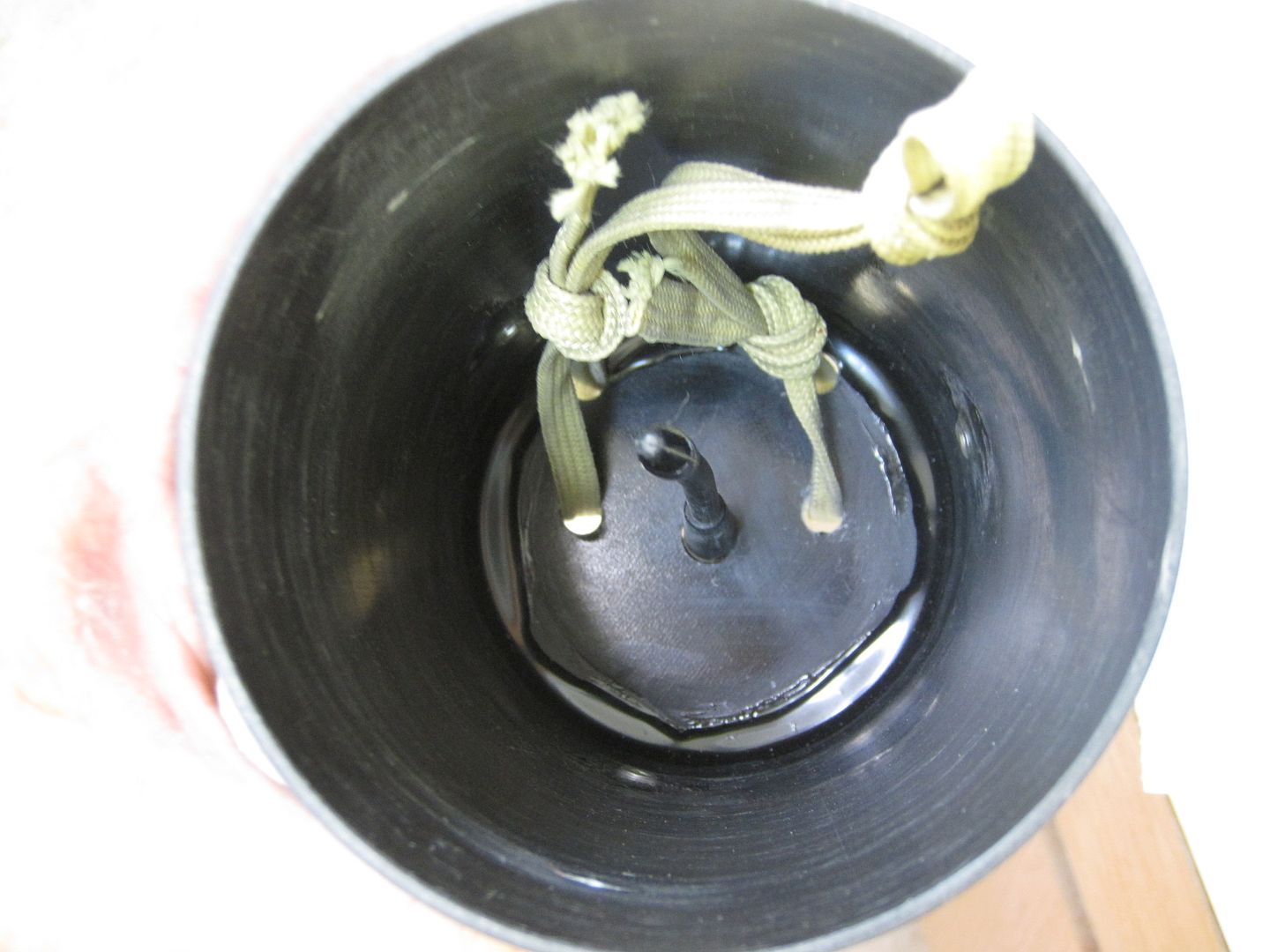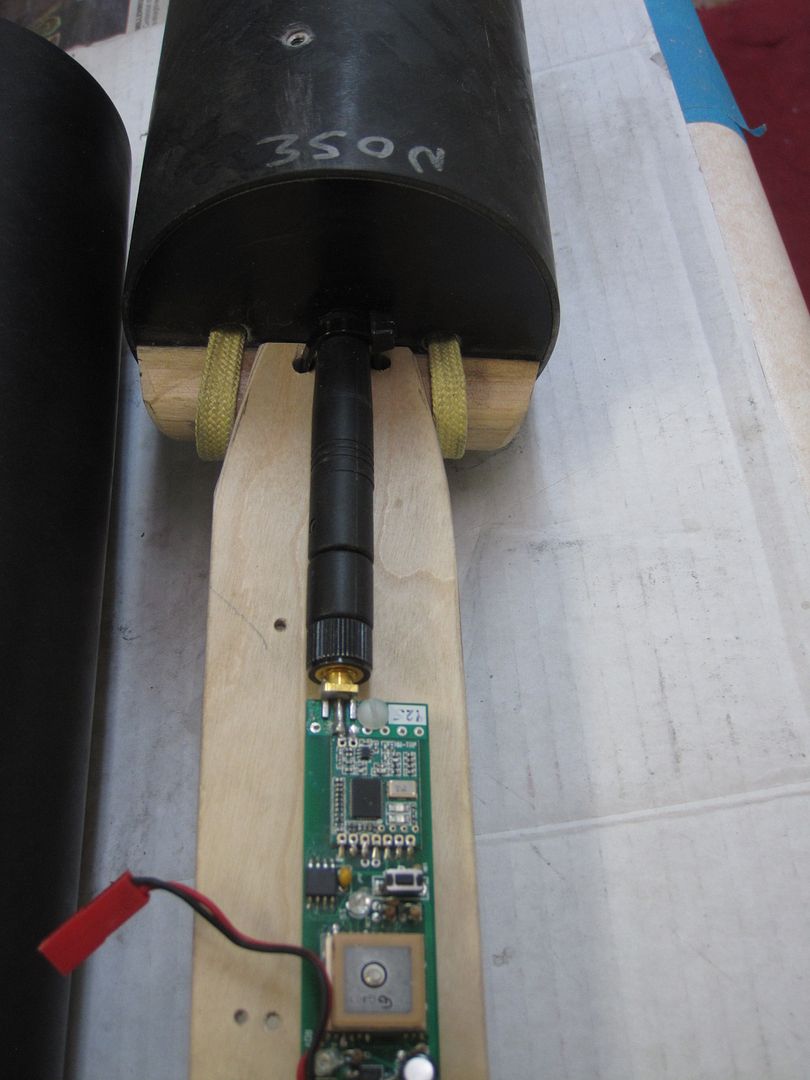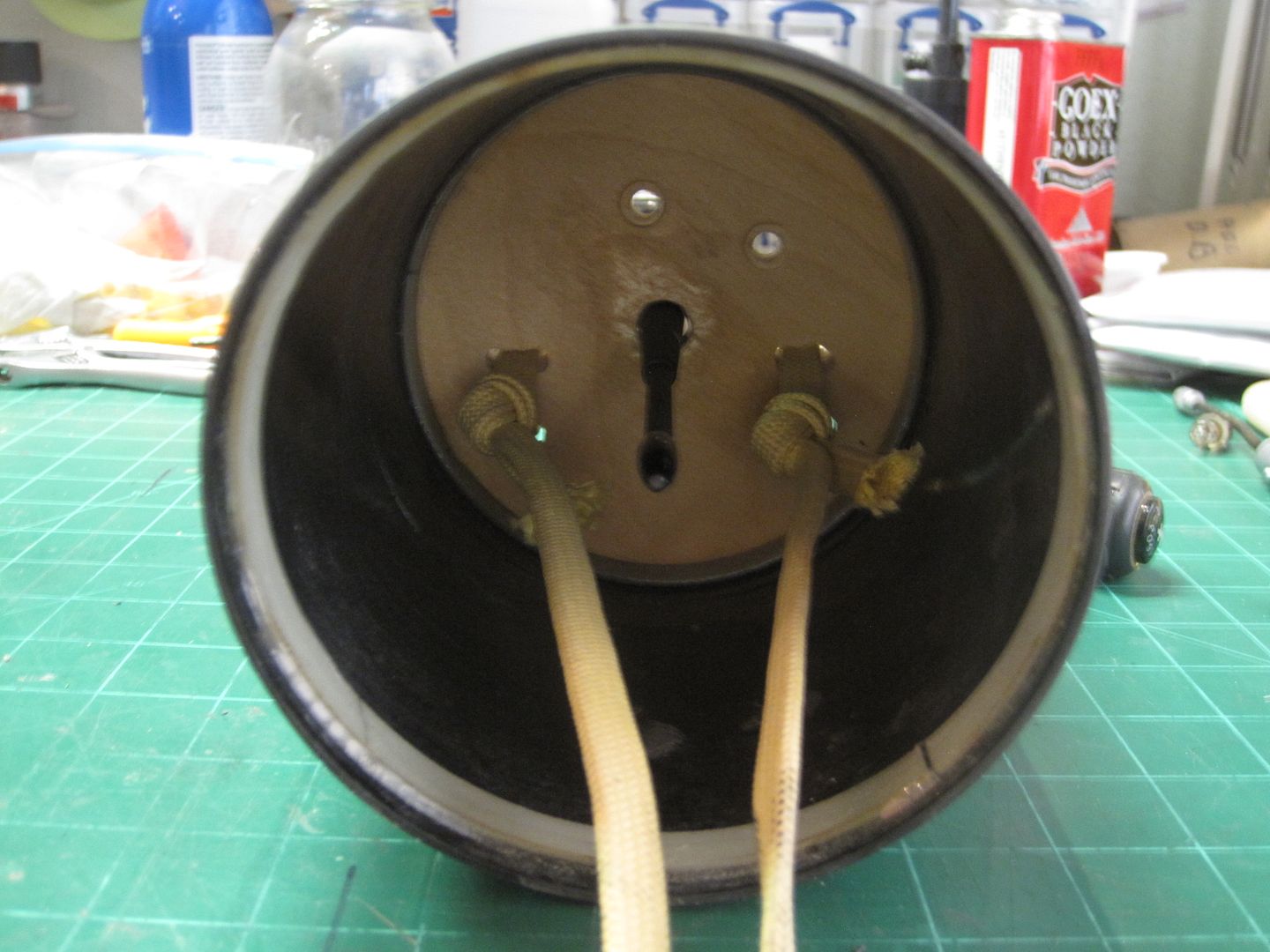Dad Man Walking
Dontree Member
- Joined
- Aug 26, 2012
- Messages
- 218
- Reaction score
- 15
We just purchased the Eggfinder kit with all the trimmings and are looking forward to building and flying it.
I am thinking about putting the tracker/antenna into a small bay so that we can move it between rockets at a launch. I read that Cris is suggesting a 6" BT55 body, which would house the board, antenna, and batteries easily.
I'm looking for examples of how people have done this...what size tubes are they using, how they secure the sled and bulkheads with/without threaded rod, examples of external switches and antennas, attachment points to the nosecone or recovery harness, etc. I'm also interested in seeing minimum size builds using external flexible antennas so that the payload can be stashed into smaller rockets.
I will start searching the forums for examples and will post the links here. And if any of you kind folks have good ideas and pictures that have not been shared yet, I think lots of us would appreciate seeing how you did this.
Thanks in advance...
I am thinking about putting the tracker/antenna into a small bay so that we can move it between rockets at a launch. I read that Cris is suggesting a 6" BT55 body, which would house the board, antenna, and batteries easily.
I'm looking for examples of how people have done this...what size tubes are they using, how they secure the sled and bulkheads with/without threaded rod, examples of external switches and antennas, attachment points to the nosecone or recovery harness, etc. I'm also interested in seeing minimum size builds using external flexible antennas so that the payload can be stashed into smaller rockets.
I will start searching the forums for examples and will post the links here. And if any of you kind folks have good ideas and pictures that have not been shared yet, I think lots of us would appreciate seeing how you did this.
Thanks in advance...
Last edited:




